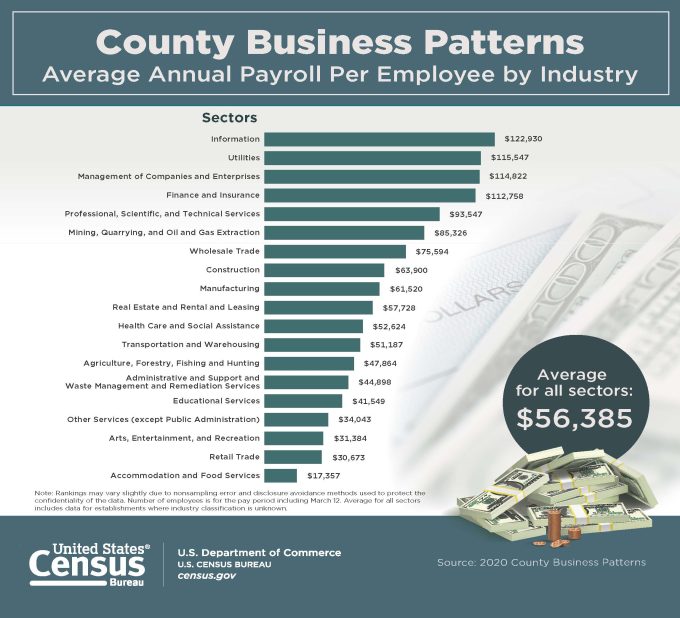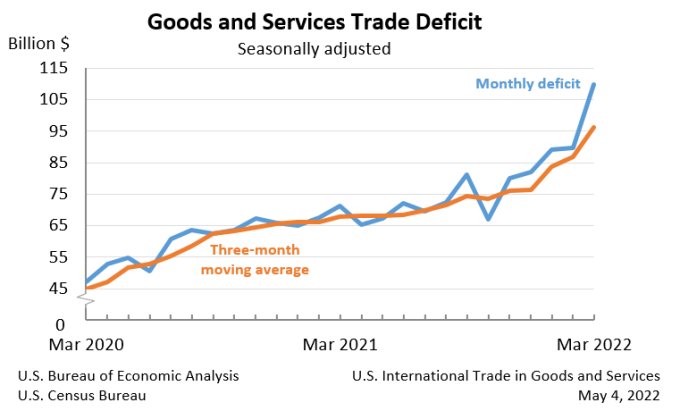Valorie Rice, Senior Business Information Specialist
Current data releases as of 06 May 2022
The number of separations decreased in Arizona for February according to the State Job Openings and Labor Turnover report from the U.S. Bureau of Labor Statistics, released April 20. Most states were little changed for both hires and separations. Arizona and Michigan were the only two states with decreases in the number of total separations. The separations rate decreased 1.0 percentage point in Arizona, down to 4.4 percent, which was still higher than the U.S. rate of 4.1 percent. Michigan and Arizona also had the largest decreases in the quits rate for February, moving down 0.5 percentage points each. Total separations include all separations from payroll during the month and are reported as quits (voluntary separations), layoffs and discharges (involuntary separations), and other separations (other includes transfers to other locations, retirements, disability, and death).
Phoenix house price increases continued to top the S&P CoreLogic Case-Shiller Indices in February based on the April 26 release. The 12-month price increase for Phoenix in February was 32.9 percent followed by Tampa at 32.6 percent and Miami at 29.7 percent. Nationally, house prices rose 19.8 percent in February and the 20-city composite index increased 20.2 percent. The smallest one-year change in house prices within the 20-city index was Washington D.C. at 11.9 percent.
The Census Bureau released the 2020 County Business Patterns April 28. These data provide information on the number of establishments and employment during the week of March 12 as well as annual payroll data for state, metropolitan and county levels on an annual basis. In 2020, the average annual payroll per employee in the U.S. was $56,385. Information was the industry that had the largest average annual payroll per employee in the nation at $122,930 followed by utilities at $115,547 and management of companies and enterprises at $114,822. In Arizona the top three industries were utilities at $109,412 followed by finance and insurance at $85,386 and management of companies and enterprises at $80,743. Accommodations and food services had the lowest in both the U.S. and Arizona. The average for all sectors in Arizona was $50,698 more than $5,000 less than the nation. Within Arizona, there were two counties with a higher average annual payroll per employee than the state, Greenlee at $66,670 and Maricopa at $53,973. There were 2,666 more establishments in Arizona for 2020 than there were in 2019, with Maricopa County adding the most at 2,376 and six counties (Apache, Cochise, Gila, La Paz, Navajo, and Santa Cruz) having fewer establishments than the year before.

Employment dynamics for veterans in Arizona improved for 2021 based on data from the Employment Situation of Veterans – 2021, released April 21. Unemployment for veterans in Arizona dropped to 4.0 percent in 2021 compared to 9.6 percent in 2020. Nationally, the jobless rate for veterans also decreased, though not as dramatically, moving down 2.1 percentage points to 4.4 percent in 2021. The participation rate for veterans in Arizona improved to 47.7 percent from 46.0 percent in 2020 and the employment-population ratio moved up to 45.8 percent from 41.5 percent in 2020, though was still lower than the 2019 figure of 48.4 percent. For more information about veterans in the workforce, see An Economic Snapshot of Arizona’s Veterans published December 2021.
Arizona had 739 bankruptcy filings in April, a decrease of 25.2 percent from the same month last year. Chapter 11 (reorganization) and Chapter 13 (individual debt adjustment) both had slight increases over the month and year-over-year in April, though totals still shrank year-to-date. Year-to-date, bankruptcy filings were down 19.1 percent for the state in April, with the Yuma office posting the largest drop of 31.8 percent followed by a decrease of 19.7 percent for the Phoenix office and a decline of 14.5 percent for the Tucson office. The Phoenix office includes Apache, Coconino, Gila, Maricopa, Navajo, and Yavapai counties. The Tucson office oversees Cochise, Graham, Greenlee, Pima, Pinal, and Santa Cruz counties, while the Yuma office represents La Paz, Mohave, and Yuma counties.
The U.S. trade deficit jumped to a record-breaking $109.8 billion in March. The deficit grew $20.0 billion after posting a small change between January and February. Imports increased 10.3 percent over the month to $351.5 billion while exports moved up 5.6 percent to $241.7 billion. Year-to-date, the deficit of goods and services was 41.5 percent higher than the same period a year ago. Exports were up 17.7 percent year-to-date and imports up 23.8 percent according to the joint U.S. Census Bureau and U.S. Bureau of Economic Analysis May 4 release.

The U.S. added 428,000 total nonfarm payroll jobs in April with widespread job growth. Leisure and hospitality, manufacturing, and transportation and warehousing were the three sectors with the largest number of employment increases. The seasonally adjusted unemployment rate was unchanged at 3.6 percent for April. The labor force participation rate was 62.2 percent in April, 1.2 percentage points lower than it had been in February 2020 according to the May 6 Bureau of Labor Statistics release.
Real GDP in the United States decreased at an annual rate of 1.4 percent for the first quarter 2022 based on the advance estimate released April 28. Real GDP for the fourth quarter 2021 had increased 6.9 percent. An updated first quarter estimate based on more complete data will be released May 26.





